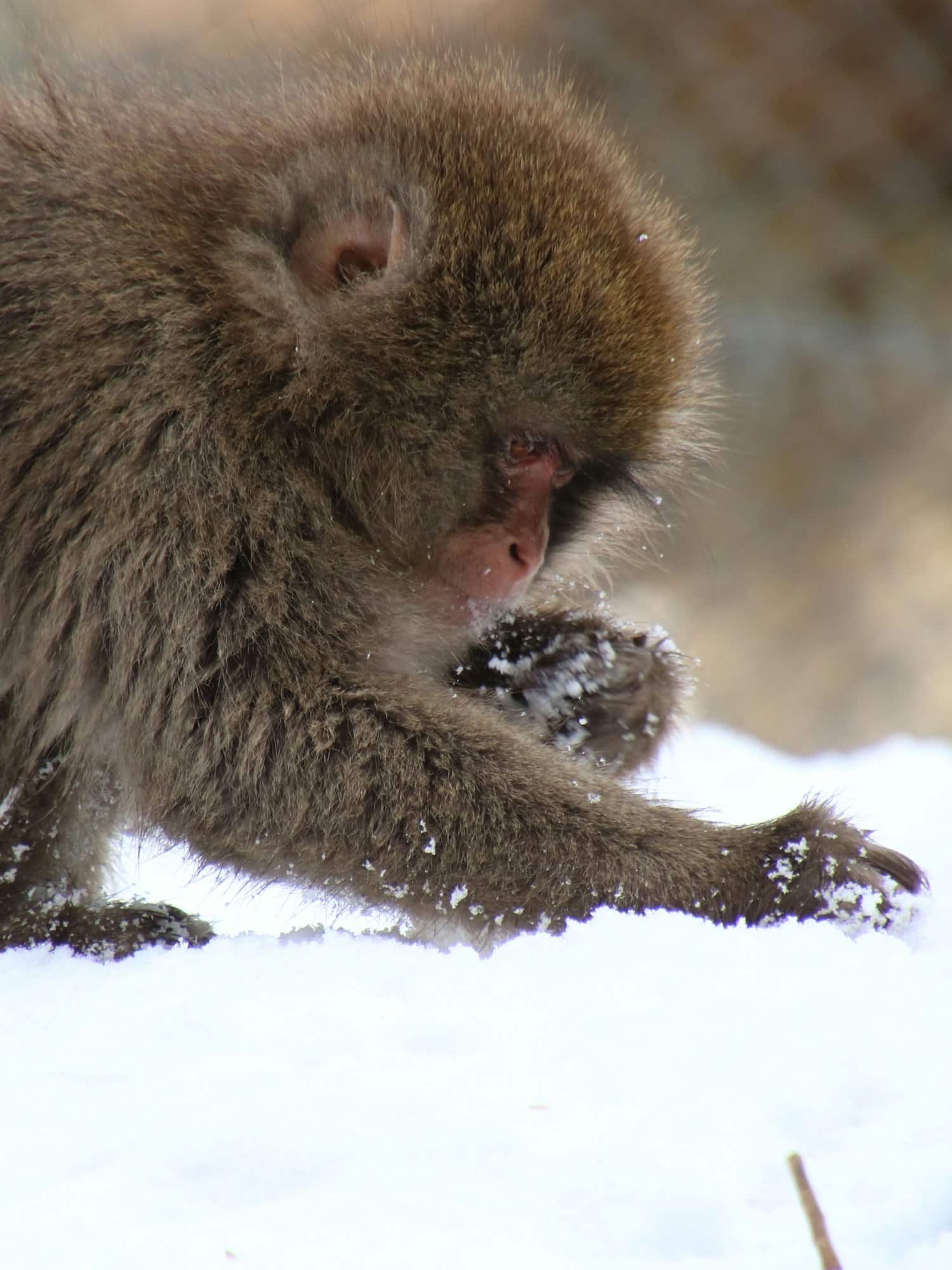How Can You Encourage Natural Foraging Behavior in Captive Parrots?

To all of you bird lovers, parrot parents, and aviary owners out there, a star topic that often flashes in your mind might be how to ensure that your captive birds lead a life that’s as close to their natural habitat as possible. One essential aspect of this is the foraging behavior of birds, especially parrots.
Foraging is not just about finding food. It’s a significant part of a bird’s day, contributing to their physical health, mental stimulation, and overall well-being. But how can you encourage this natural behavior when your parrot is living within the confines of a cage? Let’s dive into the details.
Lire également : How to Safely Take Your Cat on a Boat Trip?
Understanding the Importance of Foraging for Parrots
Before we delve into encouraging foraging, it’s crucial to understand why it’s so important for parrots. In the wild, parrots spend a significant portion of their time looking for food, a behavior known as foraging. This natural instinct doesn’t disappear when the bird is in captivity. However, in a cage, with food readily available, this instinct can remain unfulfilled, leading to boredom and the development of negative behaviors.
Foraging is also a form of enrichment for parrots. It provides them with physical exercise, mental stimulation, and can even improve their problem-solving skills. More so, foraging is a crucial part of a parrot’s social life and communication in the wild. Hence, encouraging this behavior can also help improve your parrot’s social skills.
A découvrir également : What’s the Best Approach to Train a Doberman Pinscher for Personal Protection Work?
Incorporating Foraging into Daily Feeding Routines
The first step towards encouraging foraging behavior in captive parrots is to make it an integral part of their daily feeding routines. Instead of handing your parrot its food in a bowl, think of creative ways to make them work for it.
One simple way to do this is by hiding food in different parts of the cage. This will force the parrot to actively seek out its food, mimicking the natural foraging behavior. You can also use foraging toys that require your parrot to solve a puzzle before it can access the food. Such methods will not only appeal to your bird’s problem-solving instincts but also provide much-needed physical and mental stimulation.
Utilizing Training and Enrichment Tools for Foraging
Training and enrichment tools can go a long way in fostering foraging behavior in captive parrots. Toys, puzzles, food dispensers, and even DIY contraptions can be used to encourage this behavior.
For example, you could create a foraging box filled with safe materials like paper, cardboard, wood, or straw. Hide treats within the box and let your bird use its natural instincts to find them. You could also use food-dispensing toys where the bird has to manipulate the toy to get the treat.
Additionally, training your parrot to forage can be an effective tool. Start by making it easy for your bird to find the food and gradually increase the difficulty level. This way, your bird will learn that it needs to work and explore to find its food.
Catering to the Specific Foraging Needs of Different Parrot Species
Different species of parrots have different foraging behaviors, and these should be taken into account when encouraging foraging in captivity. For example, a cockatoo might forage on the ground, while a macaw might prefer to forage in trees. Providing an environment that caters to these specific needs will encourage more natural behaviors.
Owners can replicate these conditions in the aviary or cage. For parrots that naturally forage on the ground, owners can provide a shallow tray filled with materials such as soil, sand, or leaves and hide food items for the bird to find. For those that forage in the trees, hanging feeders from the top of the cage or placing food items in high branches can encourage foraging.
Observing and Adapting to Your Parrot’s Foraging Behavior Over Time
Lastly, it’s important to observe your parrot’s foraging behavior over time. Each bird will have its unique approach to foraging, and by observing these behaviors, you can adapt and refine your strategies to better suit your bird’s needs.
For instance, if you notice your bird prefers to forage at certain times of the day, you may want to hide food around those times to encourage this behavior. If your bird seems to enjoy certain types of puzzles or toys, try to incorporate more of these into your foraging strategies.
Remember, encouraging foraging in captive parrots is not a one-time effort. It’s a continuous process that requires patience, creativity, and a deep understanding of your bird’s natural behaviors and preferences. Your efforts, however, will be well worth it when you see your parrot engaged, happy, and displaying its natural, instinctive behaviors.
The Role of Training Perches in Encouraging Natural Foraging
Training perches are a versatile and effective tool that can significantly enhance your parrot’s foraging experience. Using a training perch can make a world of difference in encouraging your pet bird’s natural behaviors, as it gives them a familiar and comfortable platform from which to engage in foraging activities.
Training perches can be used to simulate the tree branches that parrots would normally forage from in the wild. By placing food items or foraging toys on these perches, you are essentially creating a mini-ecosystem within the confines of your parrot’s living space. This mirrors the way parrots naturally forage by hopping from branch to branch in search of food.
Chris Shank, a renowned bird trainer, often emphasizes the effectiveness of training perches in her blog posts. Her hand-raised cockatoos, including Bebe and Flash, have shown remarkable progress in their foraging and flight skills through the use of training perches.
One of the interesting practices that Shank suggests is to alter the placement of the training perch over time. This is because parrots are naturally inclined to explore new environments, and by changing the orientation or location of the perch, you are tapping into this instinct and promoting exploration and foraging.
Another critical point Shank stresses is the importance of catering to the bird’s preferences when using training perches. If your parrot, for example, is a bare-eyed cockatoo, a species that typically forages on the ground, you may want to adjust the height of the training perch to be closer to the ground to mimic this natural behavior.
Foraging Training: A Continuous Journey
Encouraging natural foraging behavior in captive parrots isn’t just about buying the right toys or setting up the perfect environment. It’s an ongoing journey that requires dedication, patience, and a lot of love.
Chris Shank, owner of Cockatoo Downs, suggests a baby step approach to foraging training. Starting from a young age, around a few weeks old, Star parents can introduce their baby parrots to simple foraging tricks. This can be as easy as hiding food under a piece of paper. As your parrot grows and its cognitive abilities develop, you can then gradually introduce more complex tasks.
Another key point to remember is that not all parrots are the same. Each individual will have its own unique preferences and behaviors. What works for one might not work for another. Therefore, it’s important to observe your parrot’s responses to different toys, environments, and techniques. Use these observations to adapt your approach and continually refine your foraging training strategies.
Remember, the ultimate goal is to ensure your parrot’s well-being. If you see your bird happily engaged in foraging activities, then you’re on the right track. If not, don’t lose heart. Keep trying different things, keep learning, and most importantly, keep enjoying the beautiful journey of companionship with your parrot.
Photo courtesy of Cockatoo Downs, a paradise for pet birds and their human friends, where parrots learn to fly and forage as they would in the wild. Keep an eye out for our next blog post, where we’ll share more about our animal training philosophies and how we help hand-raised and parent-raised parrots to develop natural behaviors and flight skills.
